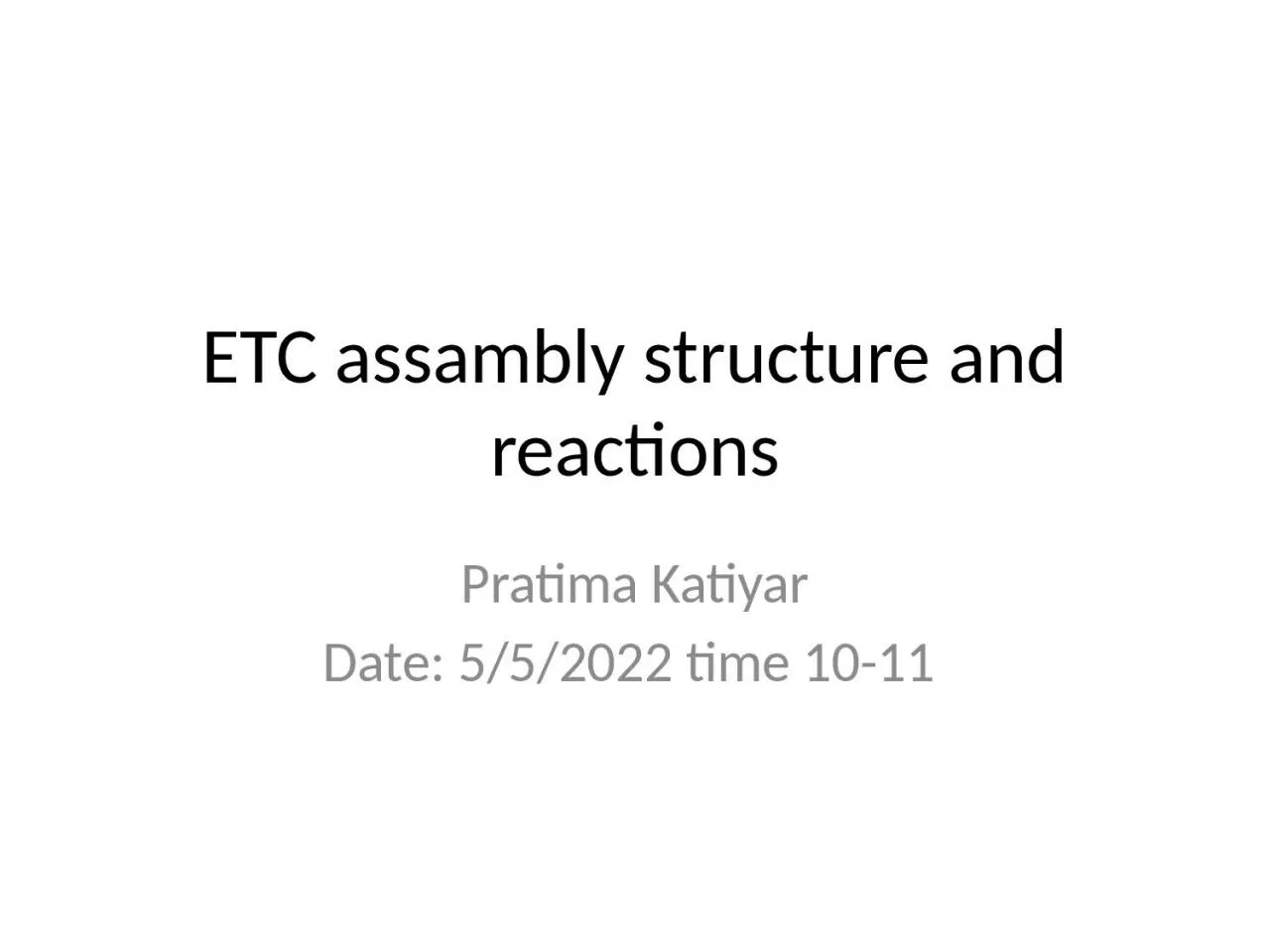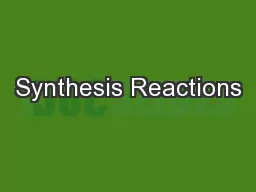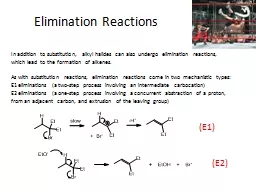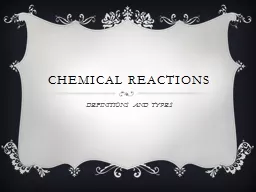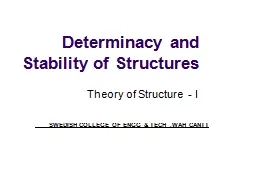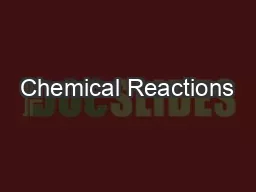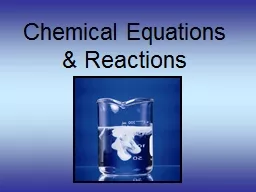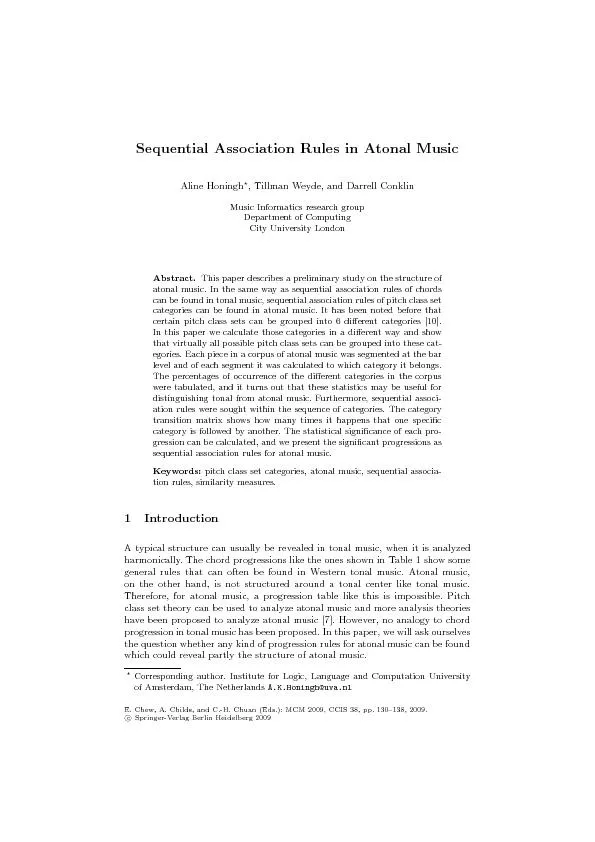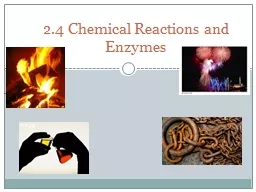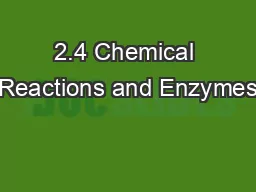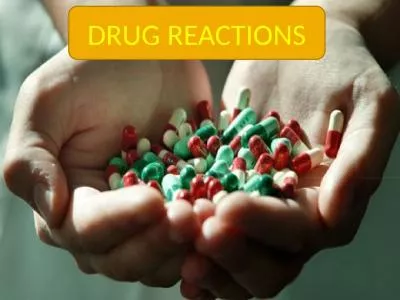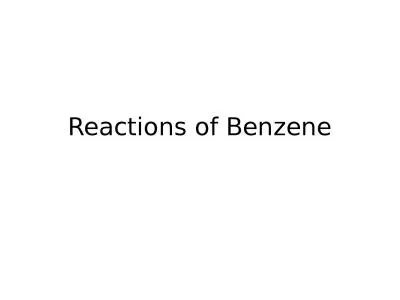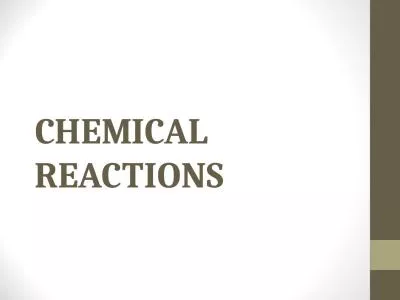PPT-ETC assambly structure and reactions
Author : ida | Published Date : 2022-06-14
Pratima Katiyar Date 552022 time 1011 Flavoproteins Flavoprotein enzymes contain flavin mononucleotide FMN or flavin adeninedinucleotide FAD as prosthetic groups
Presentation Embed Code
Download Presentation
Download Presentation The PPT/PDF document "ETC assambly structure and reactions" is the property of its rightful owner. Permission is granted to download and print the materials on this website for personal, non-commercial use only, and to display it on your personal computer provided you do not modify the materials and that you retain all copyright notices contained in the materials. By downloading content from our website, you accept the terms of this agreement.
ETC assambly structure and reactions: Transcript
Download Rules Of Document
"ETC assambly structure and reactions"The content belongs to its owner. You may download and print it for personal use, without modification, and keep all copyright notices. By downloading, you agree to these terms.
Related Documents

